What is the tolerance range of precision screws?
What is the tolerance range of precision screws?
Service Hotline
+86760-8787 8587We have more than ten years of production experience in the screw industry. The main products are: flat head screws, American standard and American UNF socket head nuts, corrugated plate screws, stainless steel handwheels for inspection tools, wing nuts and nuts, 304 socket head screws and nuts, socket socket screws Full thread screws, butterfly washers, six-star plastic screws, hexagonal thick nuts, light round head rivets, flat washer spring washer set nut, supply Q328 hexagonal lock nut, through-hole internal thread 7-star nut, open type pull rivet Other fasteners, due to the different materials and specifications of the products, the prices are also different, please contact us if necessary.


In terms of screw standard specification broadcast, there are two versions of the national standard, one is GB70-76, the 76 version, and the other is GB70-8585 version. Our company is now implementing the DIN912 standard, so it should be paid attention to in actual business operations. Difference: GB70-85 and DIN912 completely overlap, so there is no difference in the use of the new standard, mainly because there is a difference between GB70-76 and DIN912: M8 series hexagon products, GB70-76 round head diameter It is 12.5MM, which is smaller than 13.27MM of DIN912. For M10 series inner hexagon products, the round head diameter of GB70-76 is 15MM, which is smaller than 16.27 of DIN912. The inner hexagon of M12 series, the round head of GB70-76 The diameter is 18MM, which is smaller than the opposite side of DIN912, which is 18.27. In addition, the round head diameter of the inner hexagon GB70-76 of M16 and M20 series is 0.33MM smaller than that of DIN912, which are 24MM and 30MM respectively. DIN912 is 24.33MM and 30.33MM respectively. In addition, the width of the inner hexagon between the old standard and the German standard is different due to different standards. The inner side of GB70-76 is smaller, and it should be paid attention to in business operations. In addition, there are also some differences in the carriage screws that may be used at ordinary times. I will also make an explanation here. In the national standard, there are two standards for carriage screws, namely GB12 (small semicircular head square neck screw) and GB14 (large semicircular head square neck screw) Neck screws), and the German standard DIN603 is usually more commonly used in the market. Now to distinguish these three: for the round head and neck, when comparing the same specifications: GB12
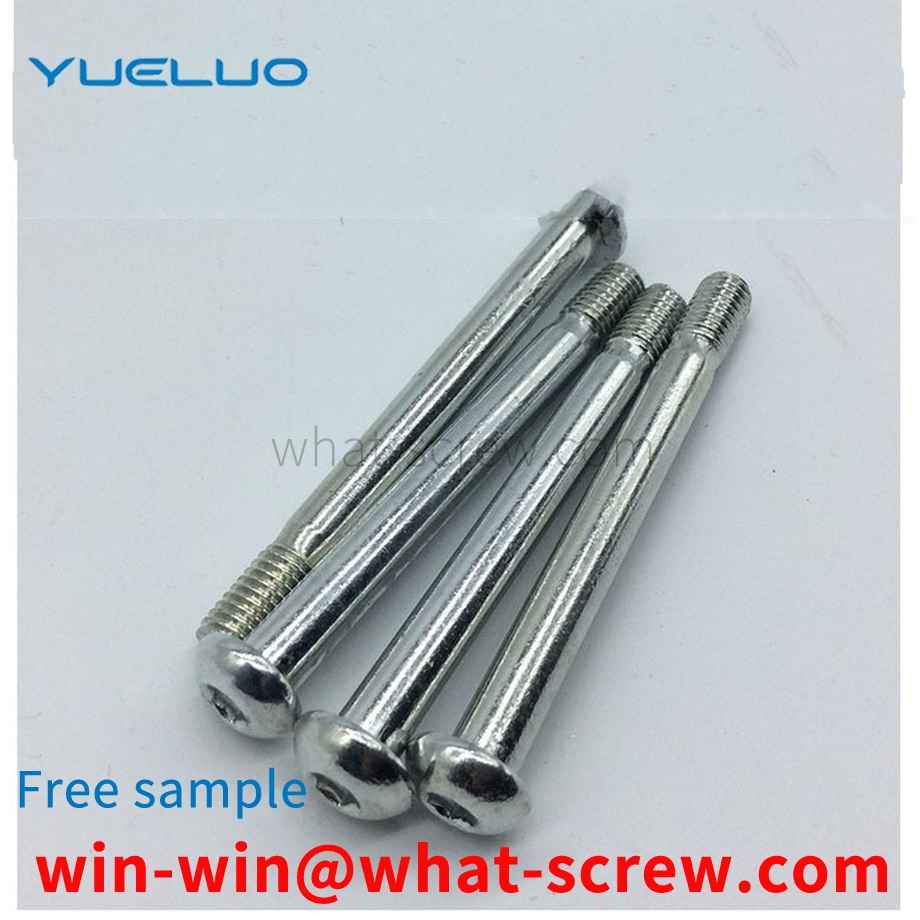
At present, machinery and equipment have gradually become the main force of work production. Many equipment require frequent maintenance and even replacement of parts during use. During the process of maintenance and replacement, it is inevitable to encounter the problem of screw disassembly and assembly. In the process of disassembly and assembly, it is almost necessary to cooperate with both hands, or because the thread is too long, installation and disassembly are very cumbersome. Especially in the butt installation of flanges, bolts and nuts are used for clamping and fixing at this stage. During use, two hands are required to hold a board, a fixed screw, and a screw nut. This is to prevent the nut from During the turning process, the screw also rotates. When screwing, the wrench should be taken down without interruption, re-selected a good position, and then screw the screw forcefully again, and repeated several times before the screw can be unscrewed. Time and labor costs for maintenance are wasted. At present, there is no screw that is easy to install and remove.
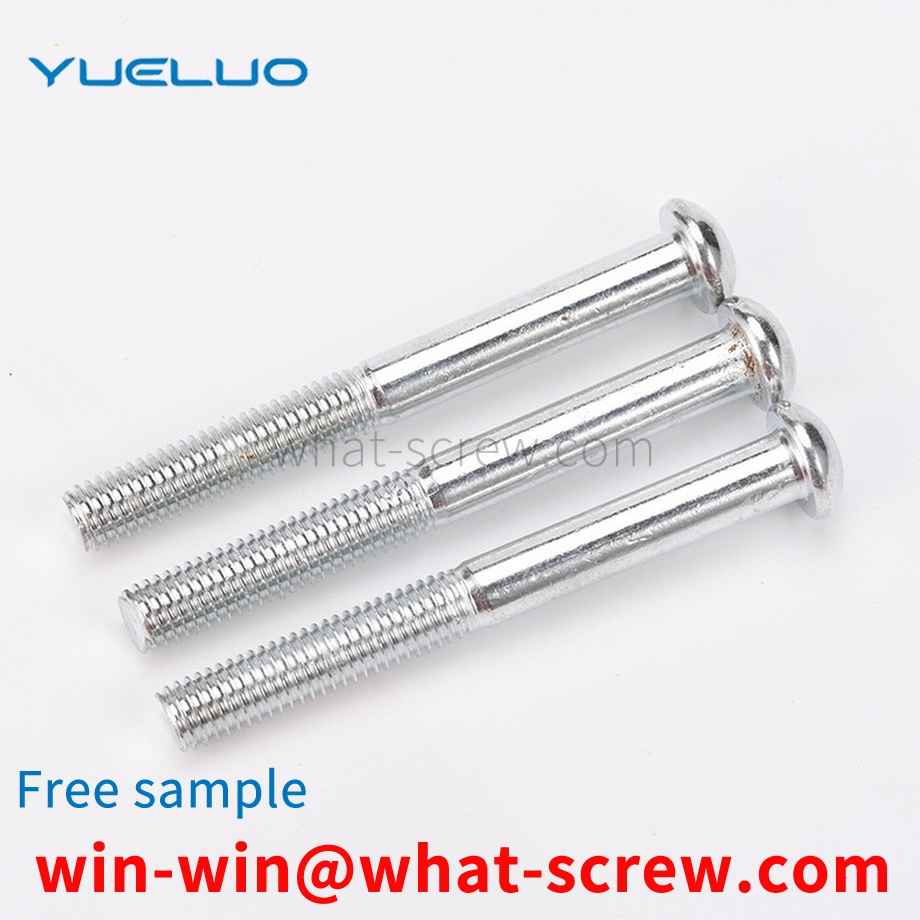
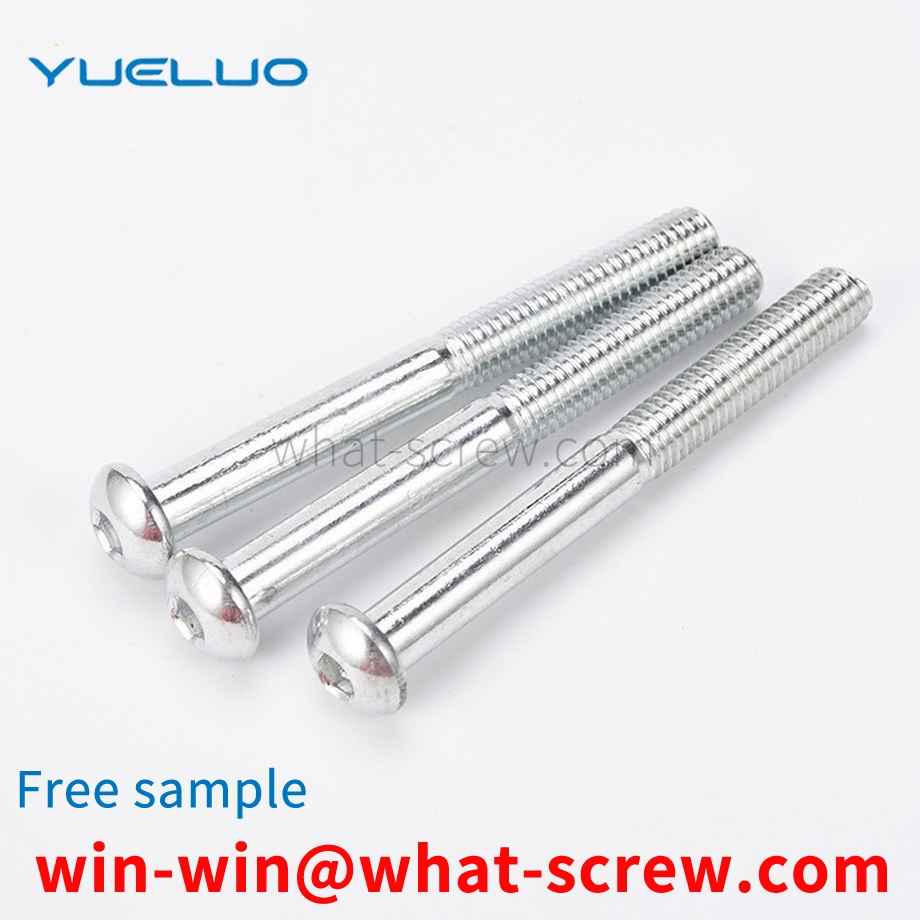
Nuts are parts that tightly connect mechanical equipment. Through the inner thread, nuts and bolts of the same specification can be connected together. At present, most nuts are used together with gaskets when they are locked, or are set as an integrated structure, which has the advantage of increasing Friction, strengthen the effect of tightening, but the square nut is usually used directly without adding a gasket, and the upper and lower end faces are flat, very smooth, when subjected to strong vibration, it is very easy to loosen, and the tightening effect is not good.
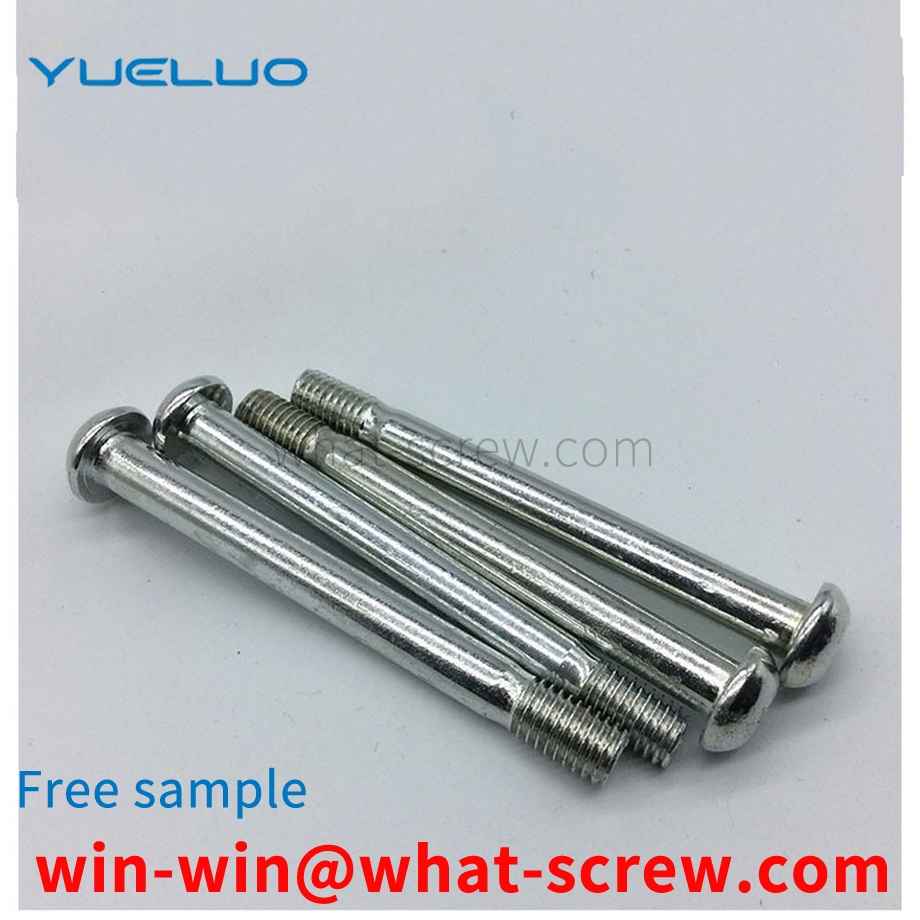
At present, shaft retaining rings are mainly divided into three categories: elastic retaining rings for shafts, flattened wire retaining rings for shafts, and wire retaining rings for shafts. Among them, the spring retaining ring for the shaft is generally installed with circlip pliers, and the flattening wire retaining ring for the shaft and the wire retaining ring for the shaft are generally installed with a sharp screwdriver or needle-nose pliers. The defects and deficiencies of these two methods will be discussed in detail below: First, the above two installation methods require the operator to use a large force to open the retaining ring, which is more laborious; For the installation of the flattened steel wire retaining ring for the shaft and the steel wire retaining ring for the shaft, because the wire retaining ring has low elasticity and has no force point, it is very easy to cause the retaining ring to break or the installation tool to slip during the installation process. Higher skills and experience can be competent for the installation of wire retaining rings.
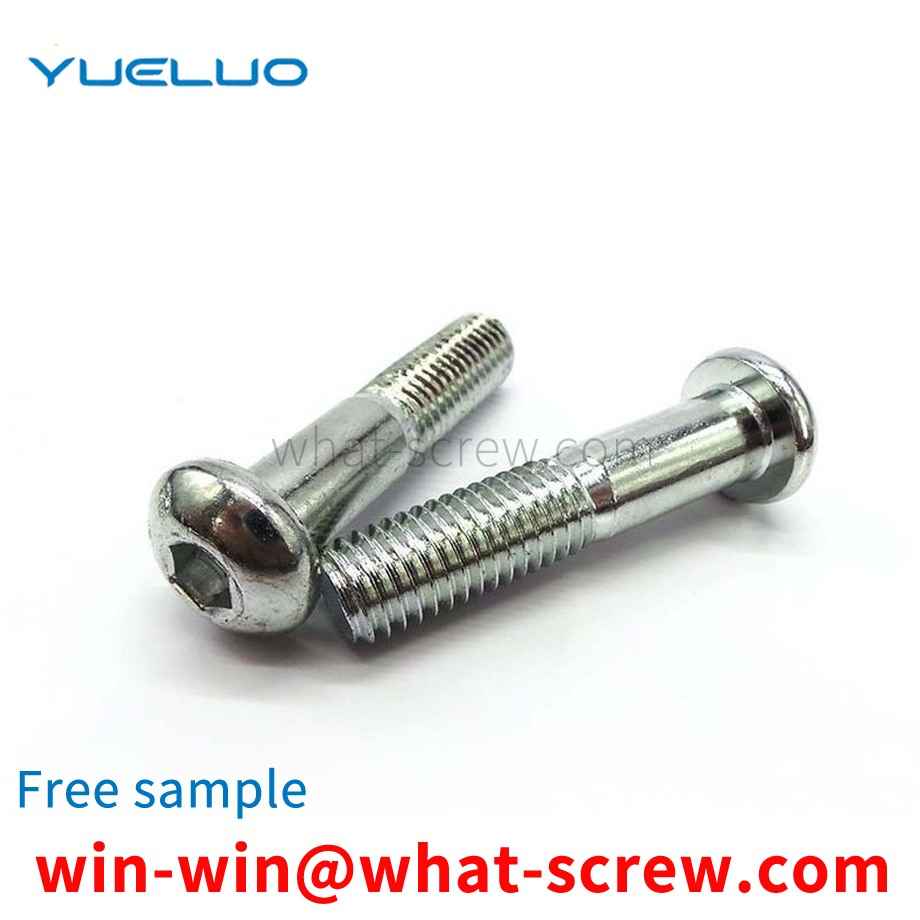
The above content is uploaded by Yueluo or the Internet. If there is any copyright issue, please contact [email protected].

What is the tolerance range of precision screws?

How to choose the right stainless steel screw manufacturer?

Why is there an R angle under the head of the hexagon head s...

We have more than ten years of production experience in the ...

We have more than ten years of experience in the production ...

We have more than ten years of experience in the production ...

We have more than ten years of experience in screw industry ...